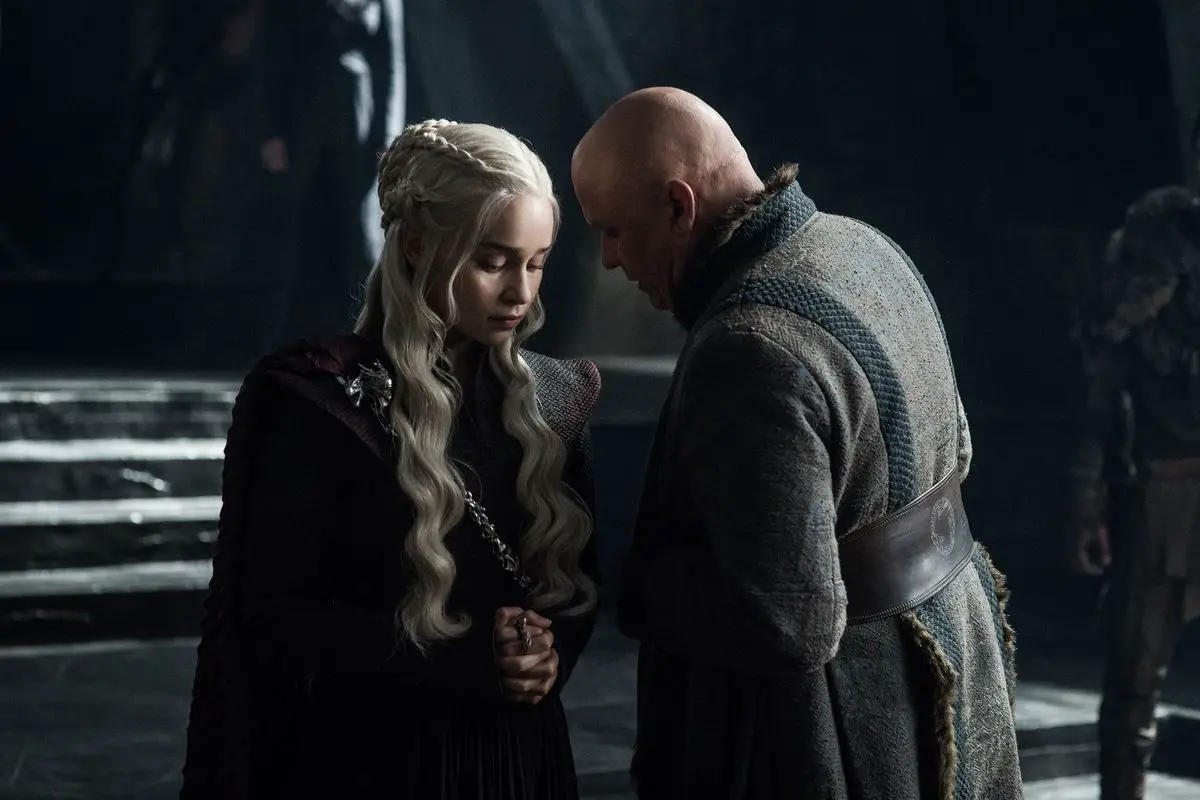For most “Game of Thrones” fans, something feels a little different about the current season. While few viewers are complaining, the realities of a now-finite number of remaining episodes has forced the showrunners to employ a few storytelling methods that, while effective, can’t help but puncture a tiny portion of the show’s temporal continuity, which, until now, had been nearly flawless. Still, when you’re as obsessed over the show as most fans are, overlooking a few technical quibbles is a small price to pay for such a dramatic, fulfilling season.
But, if you were wondering what it was exactly about the new season that made it feel a little off, here are the reasons. Feel free to agree or disagree in the comments below!
1. Fewer Episodes Means More Rush
The most obvious difference between Season 7 and previous seasons of “Game of Thrones” is the lack of episodes, as there are seven episodes compared to the usual ten. This change causes the whole show to shift in terms of pacing—everything is moving much quicker than before. So, where audiences normally wouldn’t see a character for two or three episodes due to that character traveling around Westeros, in Season 7, audiences see their favorite characters moving from one location to the next in a matter of minutes. A lot of the characters are finally getting teleportation devices it seems, which I guess means Littlefinger doesn’t have to be lonely anymore in his teleporting ways.
In Episode 5 of the new season, the character Davos literally went from Dragonstone, to King’s Landing, back to Dragonstone and then up north to Eastwatch by the Sea in consecutive scenes, which is a many-week journey at least. While in previous seasons time jumps were a given (who actually wants to watch a character en route?), with more episodes, it felt like real time passing. Now it’s a little funny how fast characters travel, despite audiences knowing that days or weeks are passing by between scenes.
Not only is the traveling time compressed, but so are plot points, which is shown especially with the Ser Jorah Greyscale problem. The knight faced this major problem during Season 5 and 6 of his flesh being taken over by the disease greyscale, which would eventually lead to him going insane. However, in Season 7 the disease is cured in the matter of two episodes, literally overnight. I would much rather see Jorah healthy and helping Daenerys, so I wasn’t that upset over the show rushing this plot point, as it was a secondary plot point anyway, but it just felt so fast and underwhelming due to how little effort it seemed to take to cure this supposedly “incurable” disease.
2. More Reunions Feels Like Fanservice
Season 7 has been dubbed the season of reunions, which has made me and other fans of the show super happy (how much more could the showrunners tear the poor Starks apart?), but there have been so many reunions that it feels like audiences are getting spoiled. “Game of Thrones” isn’t necessarily known for being nice to its characters, so it is really strange to see so many characters reunite and regain strength together.
The reunions are not actually fanservice, as it was to be expected that some of the characters would find a way back to each other, but with all the crap the show has thrown at audiences (ever heard of a Red Wedding?), it feels foreign relative to previous seasons when all the characters were being torn apart.

Not only does the new season consist of reunions, but familiar dialogue from seasons past is utilized. Since the show is in its seventh season, the writers have plenty of material to refer to from the previous six seasons, including recreating character interactions.
For example, in Episode 5, Jon Snow and Gendry, who everyone believed had been rowing in a little boat since he was last seen in Season 3 (sparking many internet memes), met for the first time, and their encounter was reminiscent of their fathers’ reunion in Season 1. Just like how King Robert told Ned Stark that he was getting fat and Ned returned the comment, Jon tells Gendry that he is leaner than his father and Gendry fires back, telling Jon that he’s a lot shorter than his dad. The show writers are definitely having fun recreating these moments.
3. Worlds Colliding
Another difference from the past six seasons is that characters are finally acknowledging and talking about other characters whom they have never met before. Now that Daenerys has landed on Westeros, characters like Cersei and Jamie, who never saw the Dragon Queen as a threat, are starting to recognize her power and the ability she has to overthrow the Lannisters.
Two completely different worlds came together when Jon and Daenerys met for the first time, effectively bringing ice and fire together in all its metaphorical glory. The two characters were on opposite sides of the world; however, their storylines were not all that different, from both of them growing up in environments where they didn’t fit in to earning the respect of the people who follow them, the lords of the North and the Unsullied and Dothraki, respectively. Despite the parallels between their character arcs, it is still a noticeable shift in tone for the new season seeing two characters who were the main focus of their individual storylines finally meet.
4. Moving Away from the Books
George R. R. Martin really needs to step up his writing game, as the show has now advanced beyond the books. Season 7 is really the first season where the writers have no source material to draw from, despite the show moving away from the established books in previous seasons.
While I have obsessively read YouTube comments about “Game of Thrones,” I noticed many fans say the new season feels like fanfiction. But in all seriousness, this new season and the last one following it might be the only end to “Game of Thrones” fans will ever get unless Martin releases the last two books sometime before he dies of old age. Until Martin completes the final novels, the show is going to have a different tone and feel compared to the previous ones where the books could be relied upon.
5. Cinematic Vibe
Season 7, due to its shorter season, feels more like one, seven-hour movie rather than a TV show. With the visual effects improving (have you seen the huge ass dragons?), “Game of Thrones” is really stepping up visually, even compared to previous seasons.
The cinematography is outstanding; there’s a shot in Episode 5 that captures Daenerys riding her dragon, Drogon, from the side, as he shoots out massive amounts of flame during the aptly named “Loot Train Battle,” in slow motion; it’s only for a couple of seconds, but it is a breathtaking example of the huge scale the show has for its filmmaking. While “Game of Thrones” has always been superior in its cinematography, the new season really sets itself apart.











